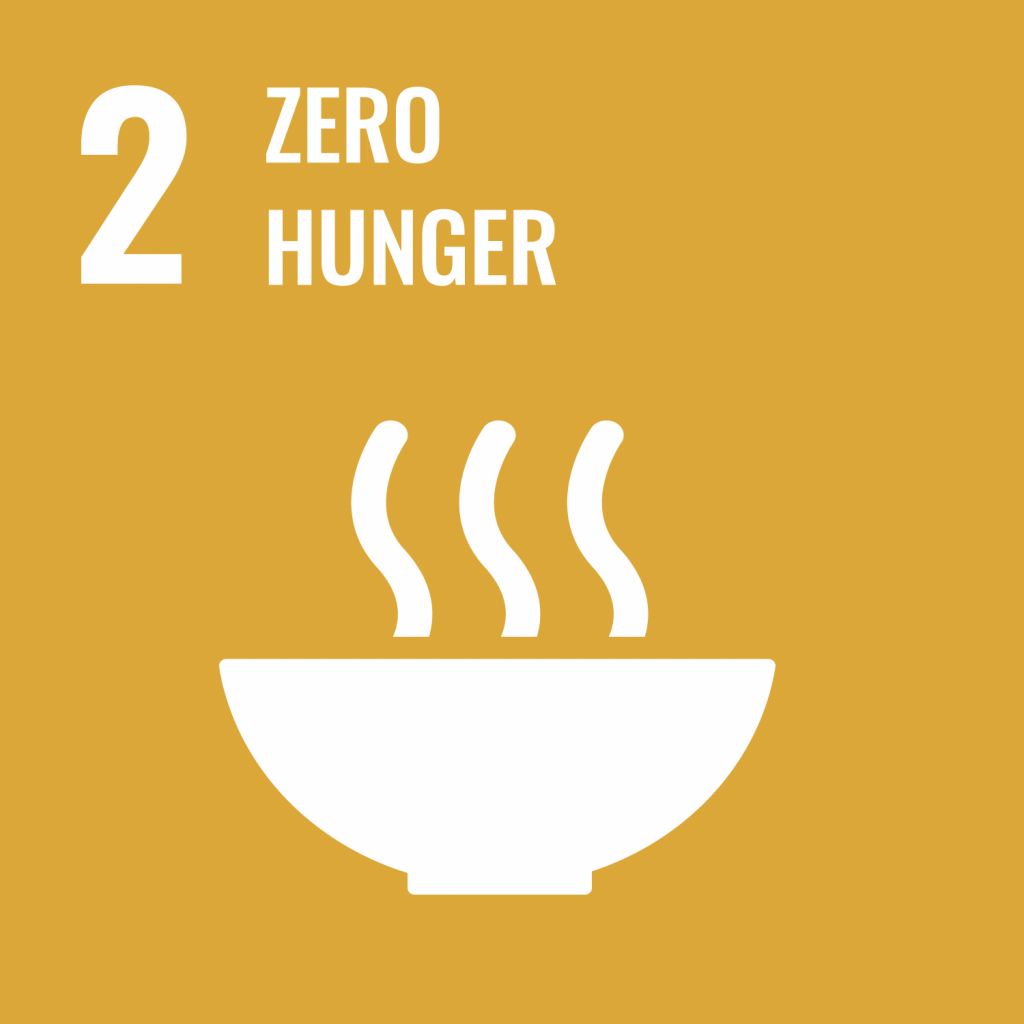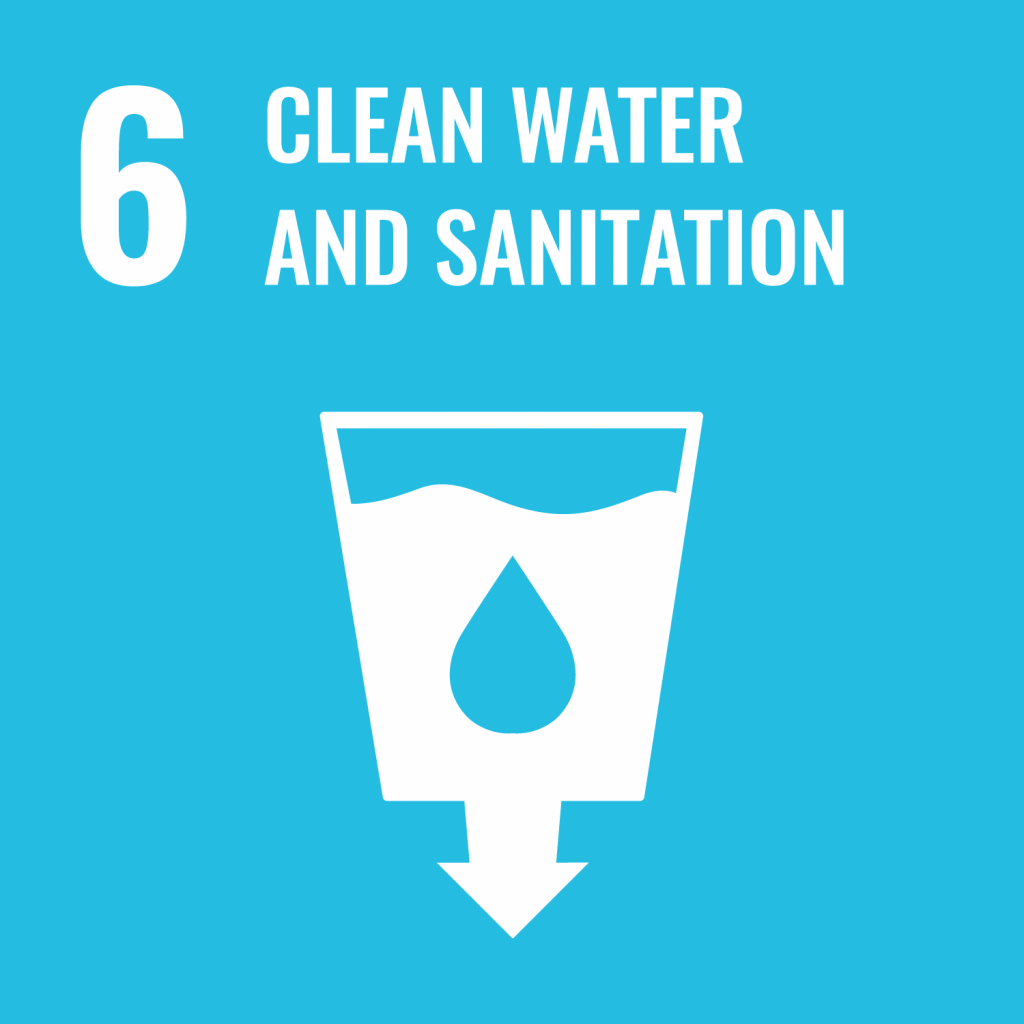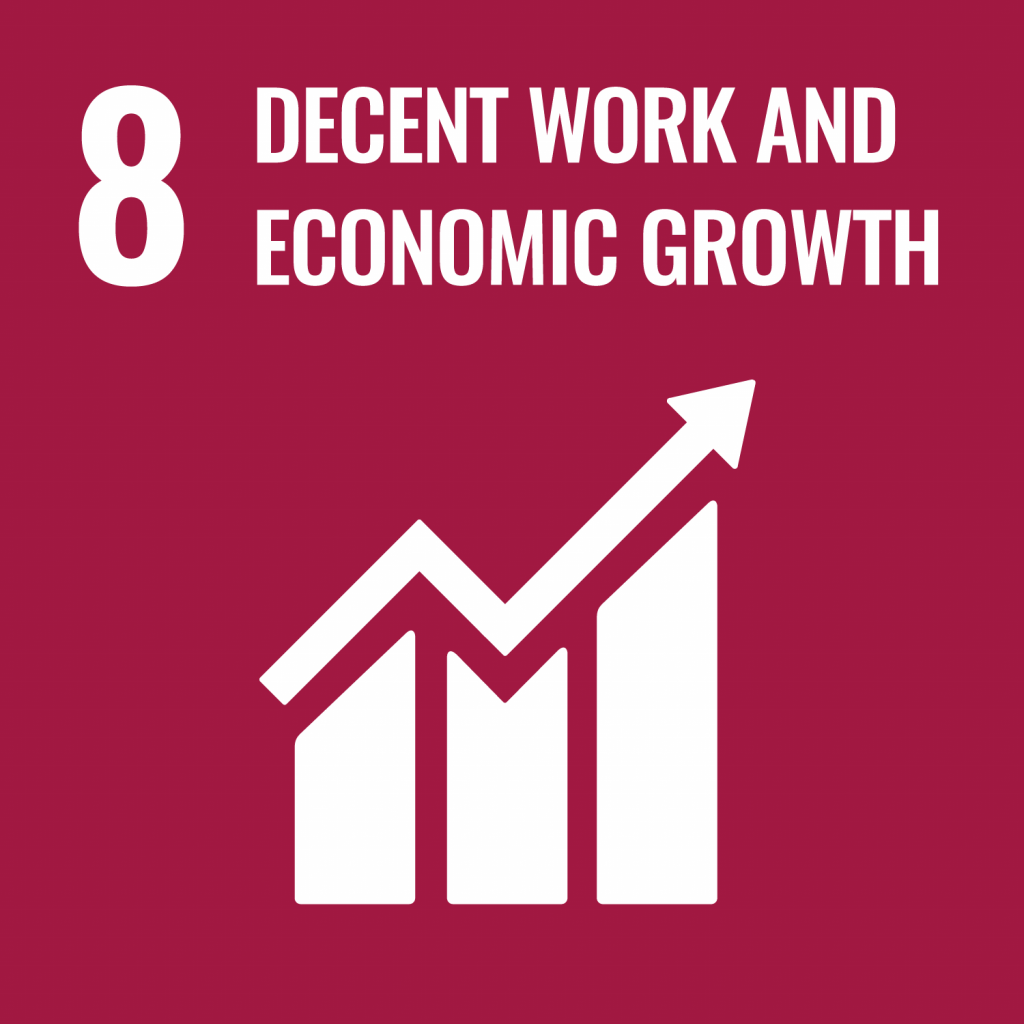Transforming Rice Cultivation in the Face of Water Scarcity
As one of the largest users of global freshwater, accounting for 70 % of withdrawals, agriculture plays a key role in shaping sustainable water practices. Rice, a staple crop for more than half the world’s population, requires significant water resources, accounting for 43 % of global irrigation water. Traditional rice cultivation relies on flooding, a method that is highly demanding in terms of land, water, labour, and energy. As these resources become increasingly scarce, especially as water scarcity intensifies, this approach is becoming less sustainable and less profitable, especially for smallholder farmers. In response, Bayer is leveraging its innovative solutions to contribute to a more water-resilient agriculture starting with rice cultivation in water-stressed regions.
Innovation for Water-Efficient Rice Cultivation
In India, for instance, Bayer is promoting the transition to Direct-seeded rice (DSR) a water-efficient and sustainable rice cultivation method. Unlike traditional flooding, this system requires significantly less water and is more adaptable to the changing climate. This modern, technology-driven approach not only reduces water usage by up to 40 % but also offers farmers a more sustainable and cost-effective method of cultivation. Over the next two decades, moving to such water-efficient practices is essential to mitigate climate change, and improve the quality of life for smallholder farmers around the world.
Future Outlook: Water-Smart Agriculture
This program is part of a broader effort to create water-efficient agricultural systems that balance productivity with resource conservation. This initiative highlights the potential for science-driven agriculture to meet global food demands sustainably, even in the face of increasing water scarcity, while reducing the environmental footprint of rice farming.






